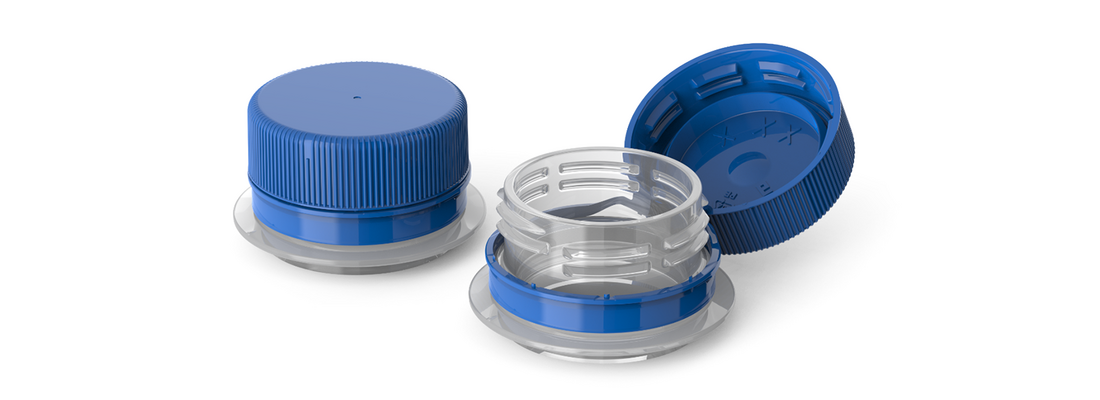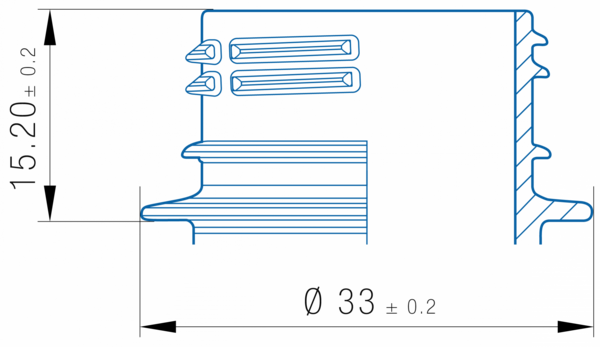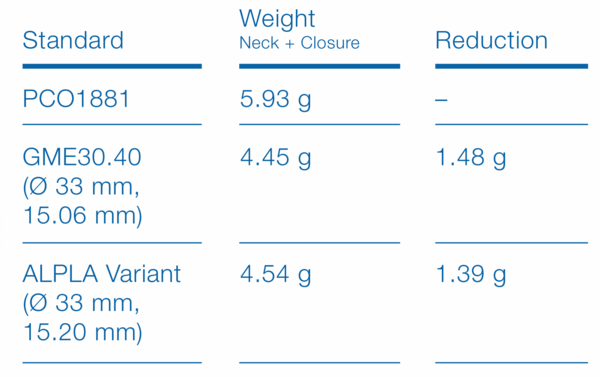The industry is adopting new, voluntary standards to try to achieve both goals. Cetie is a standardisation organisation which recommends standards for the development of PET bottleneck finishes, and it and its recommendations have an important role. Its GME30.40 data sheet defines specifications and requirements for highly carbonated beverages, while its GME30.37 data sheet does the same for less-carbonated beverages. Both of these standards incorporate the requirements of the EU directive.
In the past, implementing the recommendations took years and resulted in numerous standards. There is now pressure on manufacturers to achieve, as far as possible, both of the goals described above on time by some point in 2024. This might lead to different approaches and therefore a wide range of different neck variants.
This is because the reduction goal can be achieved faster when the bottleneck is made smaller. There are limits to this, however, as not all small necks are compatible with large bottles. At the same time, the neck finishes must fit the new tethered caps and be adapted accordingly, which subsequently increases the options for solutions. Consumer safety is also important in this context because carbonated beverages are kept at a very high pressure, and that means the closure area requires special attention.
The first bottles with a tethered cap are already in circulation in the German market. They use a variant of the GME30.40 standard, although they have a neck ring of 33 mm and neck height of 15.2 mm. The GME30.40 standard was optimised especially for tethered caps, whereas GME30.37 is more difficult to create as a tethered variant.









